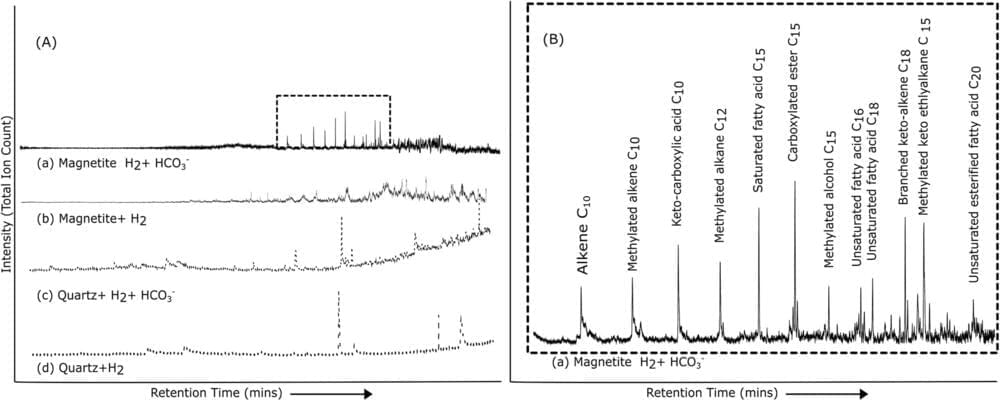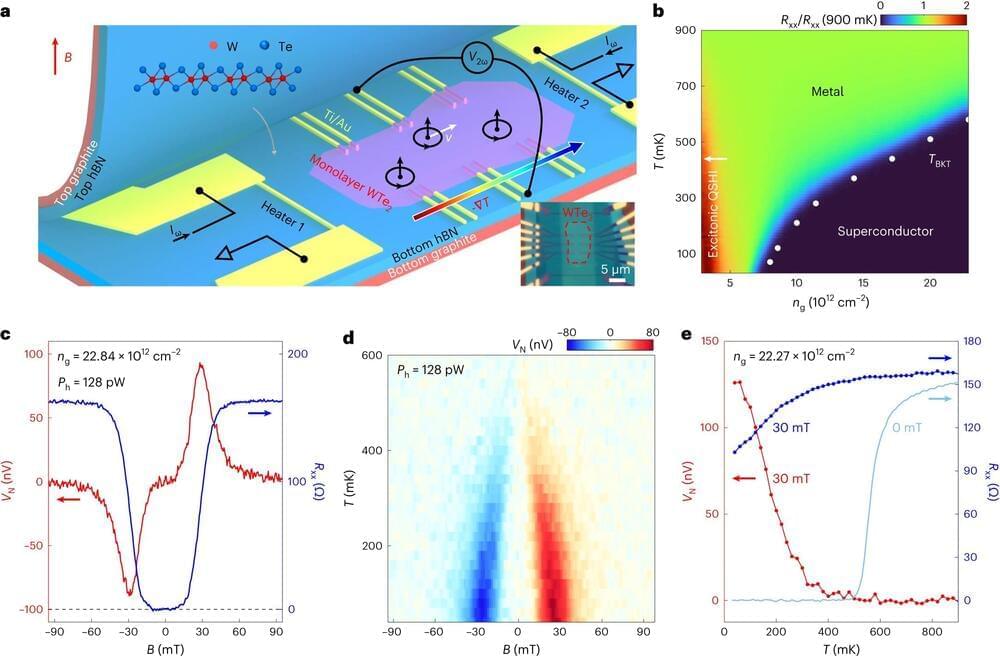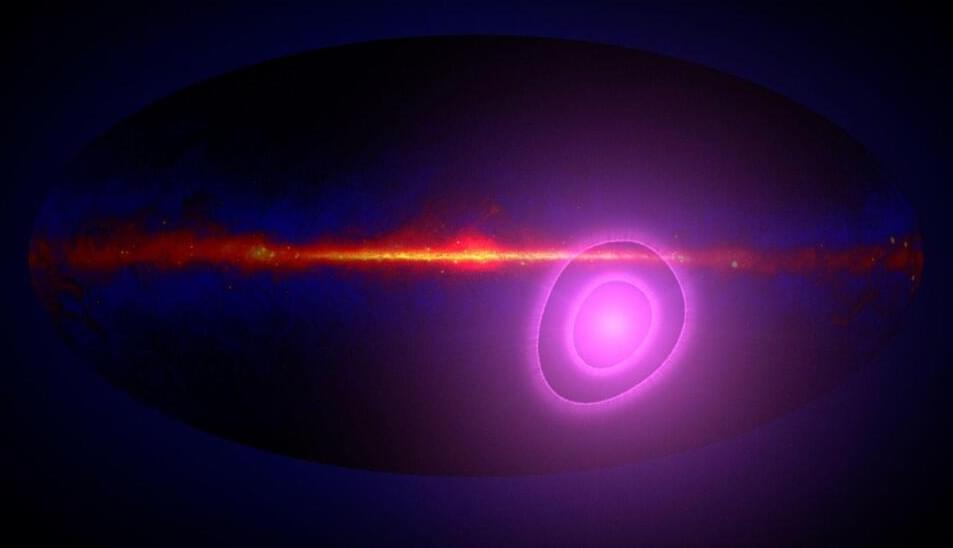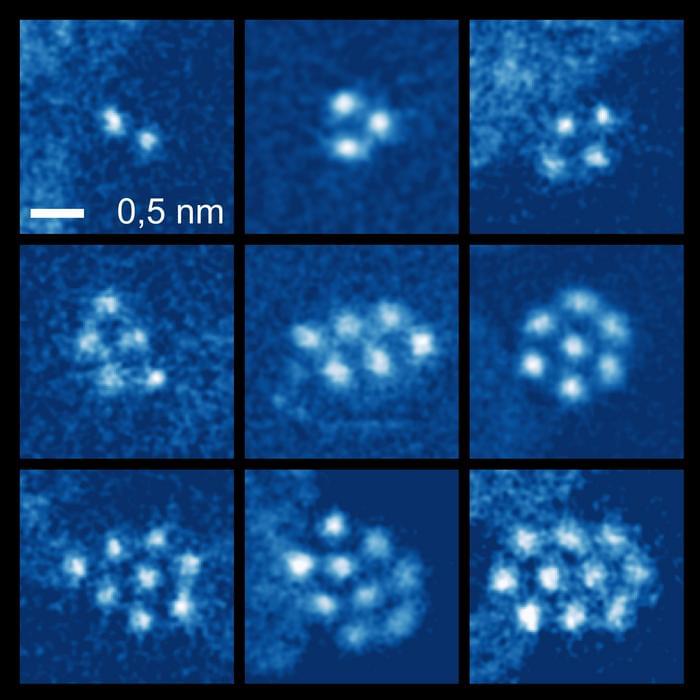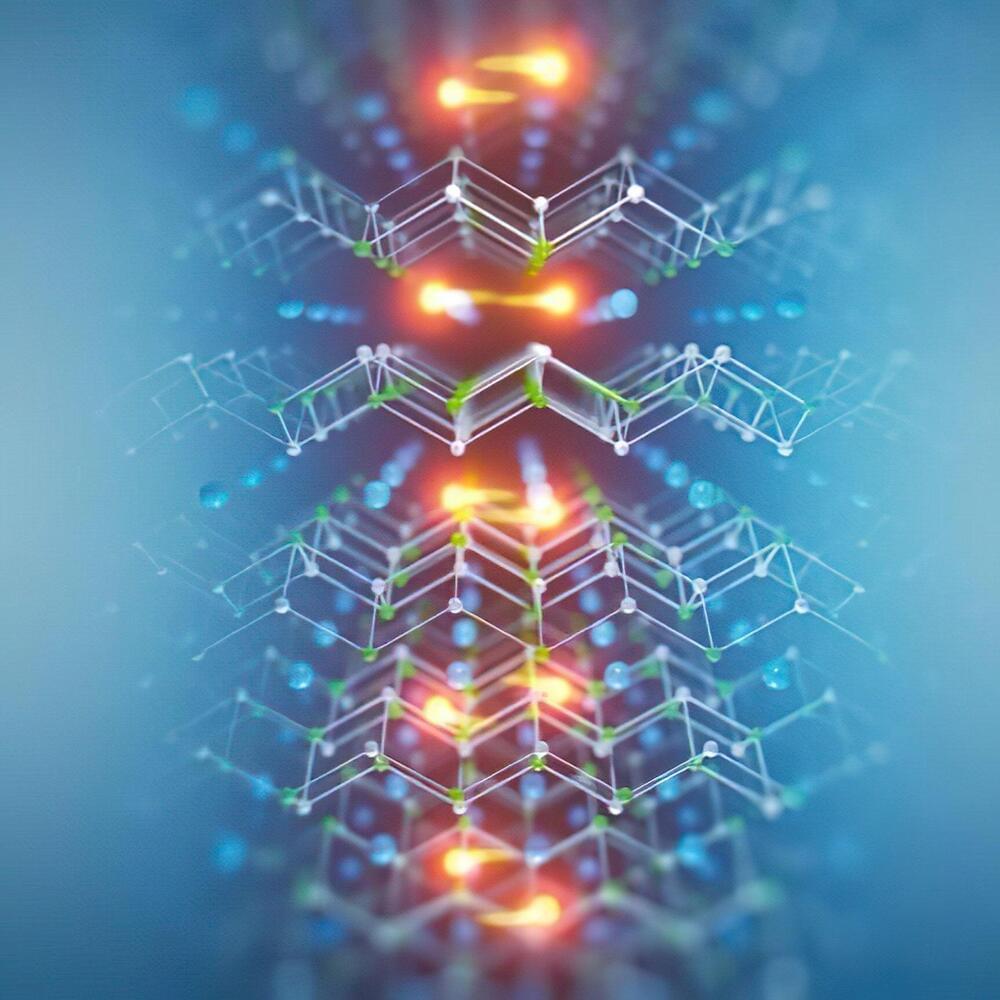Jan 14, 2024
Quantum mechanics uncovers hidden patterns in the stock market
Posted by Genevieve Klien in categories: economics, finance, particle physics, quantum physics
In the ever-evolving world of financial markets, understanding the unpredictable nature of stock market fluctuations is crucial. A new study has taken a leap in this field by developing an innovative quantum mechanics model to analyze the stock market.
This model not only encompasses economic uncertainty and investor behavior but also aims to unravel the mysteries behind stock market anomalies like fat tails, volatility clustering, and contrarian effects.
The core of this model is quantum mechanics, a pillar of physics known for explaining the behavior of subatomic particles.




